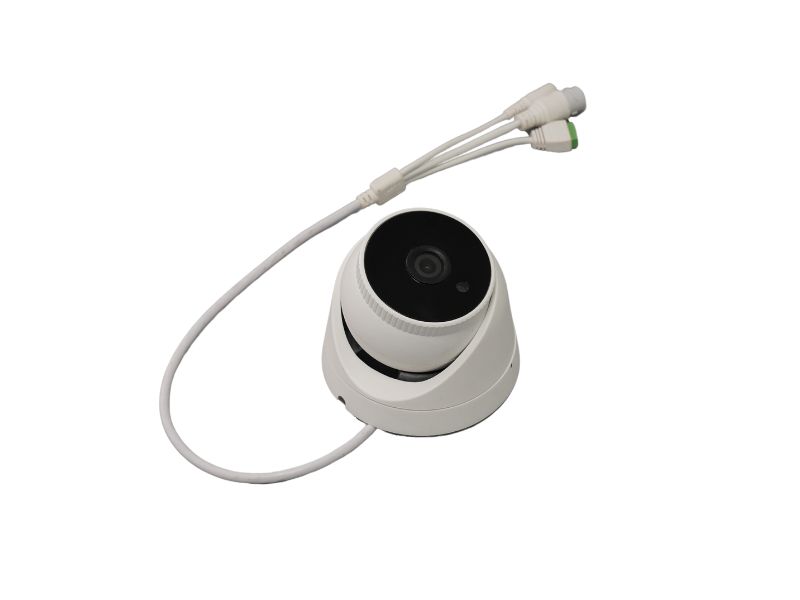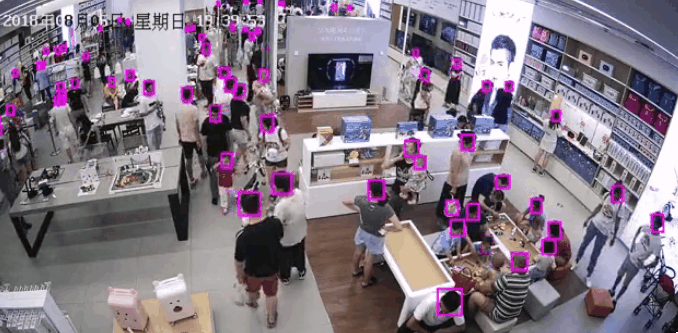Automatic People Counters for Better In-Store Management and Campaigns
Automatic People Counters (APCs) are systems used to estimate the number of people passing through an area or entering a space like a retail store. This people counting system is valuable tools for in-store management and campaign optimization.

Here are several strategies for utilizing people counter data:
In-Store Traffic Analysis:
- Traffic Trend: Analyze when your store gets the most footfall traffic and use this information to schedule staff accordingly. This can improve customer service during peak times and reduce labor costs during slower periods.
- Heat Mapping: Correlate people counter data with heat map visualizations if available, to see not only how many but also where customers spend their time. This can help in product placement and store layout adjustments.
- Conversion Rates: Determine the ratio of visitors to actual customers. If you have high traffic but low sales, this could indicate a pricing, product, or customer service issue.
- Queue Management: Use the number of visitors to manage checkout lines more effectively, potentially introducing more registers or staff during peak times to reduce waiting times.
Campaign and Marketing Effectiveness:
- Measuring Campaign Success: Compare foot traffic and conversion rates before, during, and after a promotion or advertising campaign to determine its effectiveness.
- Localized Promotions: If you have APCs in multiple locations, compare the foot traffic data to tailor campaigns based on what’s most effective in particular locations.
- Event Planning: Analyze foot traffic data to ascertain the best days and times to hold in-store events that can attract the most visitors.
- A/B Testing: Use people counters to perform A/B testing for different store layouts, marketing displays, or product placements to see which variations attract more customers.
Customer Experience Enhancement:
- Staff Training: Based on traffic flows and busy periods, train your staff to engage with customers in different ways. For instance, during peak times focus on quick checkouts, and during slower periods, focus on more personalized services.
- Optimizing Store Hours: If certain times consistently have low traffic, consider adjusting store hours to save on operating costs.
- Store Layout Optimization: Rearrange the store based on the traffic flow to ensure high-margin products are placed where customers are most likely to notice them.
Strategic Decision-Making:
- Long-Term Planning: By reviewing historical people counter data, make more informed decisions regarding store expansions, renovations, or relocations.
- Benchmarks and Goals: Set traffic benchmarks and goals for your sales team to improve performance.
- Lease Negotiations: Use traffic data as leverage in lease negotiations with landlords. If a location has consistently high foot traffic, it might justify higher rent, whereas low traffic could be a point for negotiating lower rent.
Technology Integration:
- Cross-Reference POS Data: Compare people counter data with Point of Sale (POS) system data to identify the effectiveness of sales strategies and identify potential issues in the shopping experience.
- CCTV Integration: Combine people counting with CCTV to enhance security measures and better understand customer behavior within the store.
- Online Integration: For omnichannel retailers, integrate in-store people counter data with online analytics to measure the relationship between online marketing efforts and in-store visits.
Regularly collecting and analyzing the data from APCs enables retail managers to make informed decisions that can lead to better store management, improved customer experiences, and more effective marketing campaigns.

